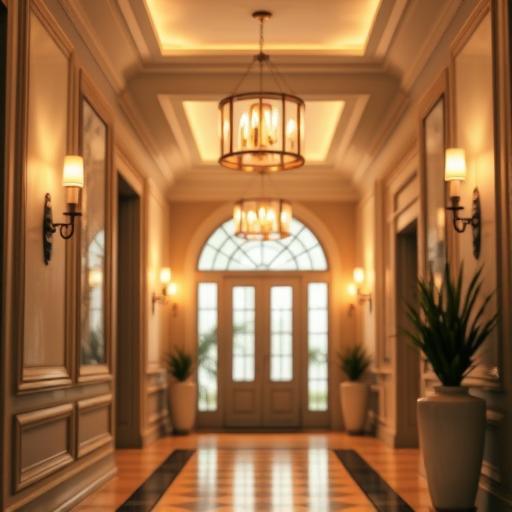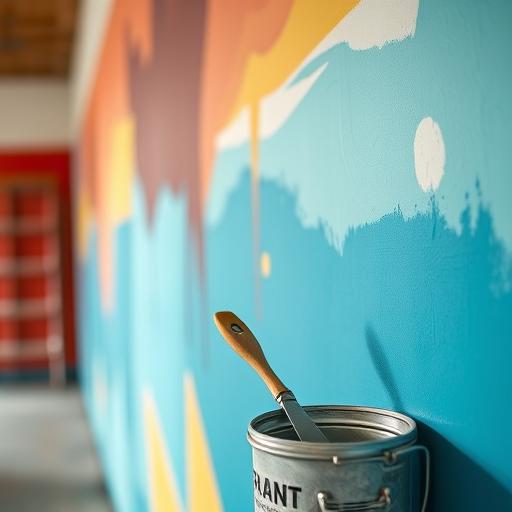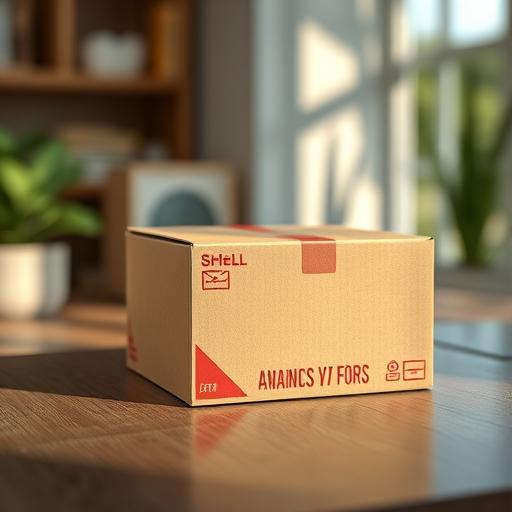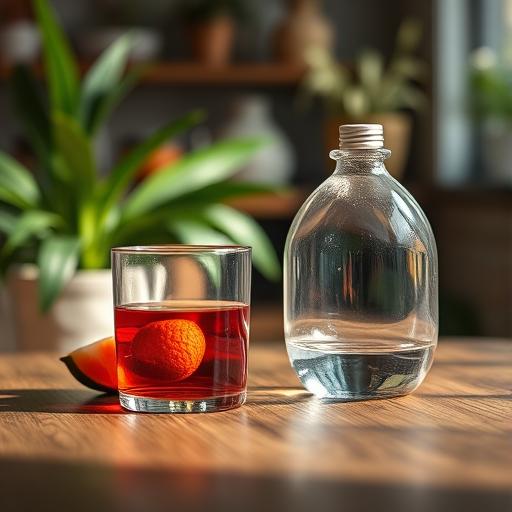
Beyond Pillows: Sourcing Elegant Foyer Lighting Solutions for a Cohesive Design
Why Your Foyer Lighting is the Ultimate First Impression
Think of your foyer as the opening chapter of your home’s story. It’s the very first space guests experience, and the lighting here makes a powerful statement about what’s to come. Finding the right elegant foyer lighting solutions is about more than just seeing where you put your keys; it’s about creating an immediate sense of warmth, style, and welcome.
The right fixture can turn a simple entryway from a purely functional pass-through area into a grand overture. It establishes the design language you use throughout your house, hinting at your personal style. Whether you prefer dramatic and bold or subtle and serene, the light you choose is your home’s first handshake.
Matching Your Fixture to Your Foyer’s Scale
Size is everything when it comes to entryway lighting. A fixture that is too small will feel lost and insignificant in a large, open foyer with high ceilings. Conversely, an oversized chandelier in a compact entry can feel cramped and overwhelming, making the space feel even smaller.
A helpful guideline is to add the length and width of the room in feet. That number, in inches, is a good starting diameter for your fixture. For ceiling height, grand chandeliers are perfect for two-story foyers, while stylish flush mounts or semi-flush mounts work beautifully in spaces with standard or lower ceilings, ensuring comfortable clearance.
Styles That Speak Volumes: From Modern to Traditional
Your light fixture is a fantastic opportunity to express your home’s personality. For a modern aesthetic, look for fixtures with clean lines, geometric forms, and materials like matte black metal or polished chrome. If your home leans traditional, a classic lantern or a chandelier with crystal or candlestick elements can add a timeless grace.
Don’t be afraid to consider other styles that bridge the gap. A transitional fixture blends the best of modern and traditional for a look that is both fresh and classic. For a cozy, down-to-earth vibe, a rustic fixture with wood or weathered iron might be perfect. The goal is to select a piece that feels connected to your home’s architecture and your interior decor.
The Magic of Layered Lighting in an Entryway
A truly well-lit foyer often uses more than just a single overhead light. Think in layers to create a rich and inviting atmosphere. The main ceiling fixture provides ambient light for general illumination. You can then add accent lighting, like wall sconces, to highlight a piece of art or an architectural feature.
The third layer, task lighting, adds another dimension of function and coziness. A beautiful lamp placed on a console table not only offers a spot for mail or keys but also casts a warm, welcoming pool of light. Mixing these light sources gives you depth and allows you to adjust the ambiance for any occasion. 💡
Choosing the Right Bulb: Warmth and Wattage Matter
The light bulb you choose is just as important as the fixture itself. Pay attention to the color temperature, measured in Kelvins (K). For a welcoming, homey glow, stick to warm white bulbs, typically in the 2700K to 3000K range. Anything higher can start to feel too cool and institutional for an entryway.
Consider installing a dimmer switch for your main foyer light. This is a game-changer for flexibility. You can have the light on full brightness when you’re bringing in groceries on a dark evening and then dim it down to a soft, atmospheric level when you’re hosting a dinner party. It gives you complete control over the mood.
Beyond the Ceiling: Wall Sconces and Table Lamps
Supporting light fixtures add so much character to a foyer. A pair of wall sconces flanking a mirror or a doorway creates a lovely sense of symmetry and formal elegance. They draw the eye upward and can make a space feel wider and more composed.
A lamp on an entryway table is a classic design choice for a reason. It grounds the space and introduces light at a human level, making the area feel more intimate and lived-in. This is also a perfect spot to introduce a unique lamp base or a shade with interesting texture or color.
Installation and Placement for Maximum Impact
Where you hang your light matters immensely. A chandelier in a two-story foyer should be centered and hung high enough to be seen from the second-story landing, but not so high it feels disconnected from the entry. The bottom of any fixture should be at least seven feet above the floor to allow for comfortable passage underneath.
When it comes to wiring and mounting, safety is paramount. If you’re replacing a simple fixture, it might be a straightforward job. But for heavy chandeliers or new wiring, bringing in a qualified electrician is the best course of action. They will ensure your fixture is securely mounted and properly connected, giving you peace of mind.











